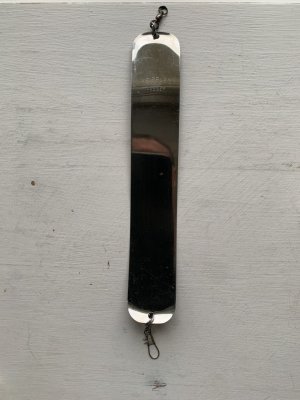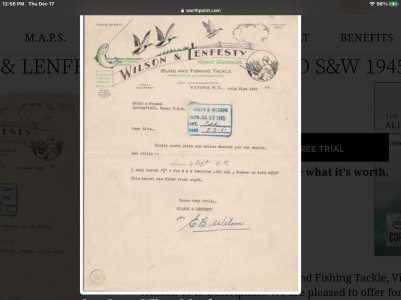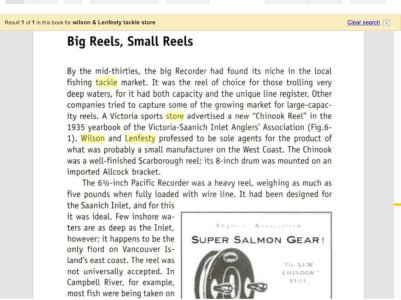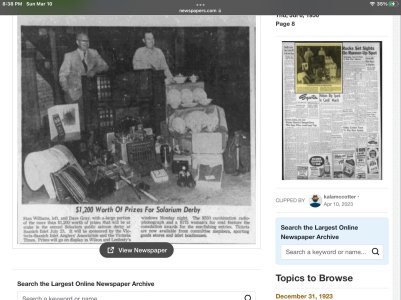PEETZcanada
Well-Known Member
This thread was inspired by a recent question about a historical question about a local Victoria company.
The first company I chose, and in no particular order is from one of the makers that I looked up to as a young angler building my passion around fishing.
This info was found on the internet...
Jim Gilbert Lure Company has a fascinating history rooted in the world of fishing. Let’s dive into the story of this renowned company:
The first company I chose, and in no particular order is from one of the makers that I looked up to as a young angler building my passion around fishing.
This info was found on the internet...
Jim Gilbert Lure Company has a fascinating history rooted in the world of fishing. Let’s dive into the story of this renowned company:
- Founding and Early Years:
- The company, known as Krippled Fishing Lures, was established over 40 years ago by two fishing enthusiasts: Jim Gilbert and his partner Jack Robertson in 1962.
- Jim’s connection to the fishing industry goes back even further. His father used to rent rowboats to salmon anglers in Brentwood Bay on Vancouver Island during the 1920s. Jim grew up in a boathouse, surrounded by the allure of fishing.
- By the age of 13, Jim was already a salmon-fishing guide, navigating the waters of Vancouver Island. His intimate knowledge of the area’s fishing spots and techniques set the stage for his future endeavors.
- Guiding and International Acclaim:
- With 30 years of guiding experience, Jim earned a reputation as one of Canada’s most internationally acclaimed fishing guides.
- Impressively, he achieved a career record of 332 consecutive guiding trips without a “skunk” (meaning no fishless outings) in the early 1970s.
- Jim’s clientele included notable figures such as Canadian Prime Ministers John Diefenbaker and Lester B. Pearson, as well as U.S. President George Bush.
- Venturing into Lure Business:
- In 1962, Jim and Jack entered the lure business. Leveraging Jim’s fishing expertise and Jack’s contacts in the Orient (thanks to his role as a 2nd officer for Canadian Pacific Airlines), they introduced their first lure: the Krippled Minnow, which impressively sold 6,000 units in its debut year.
- In 1964, Jim worked on refining the McKnight spoon, resulting in the creation of the Krippled “K” Spoon. This lure, characterized by larger ring holes, increased width, and lighter metals, became highly productive.
- The same year, the Slasher Flasher was introduced—a fish-shaped, stainless steel dodger-style blade designed to attract salmon and enhance lure movement.
- Continuing Legacy and Innovations:
- Tragically, Jack passed away in 1965, but Jim carried on, forming Jim Gilbert Ent., which encompassed the lure business, Jim’s artwork, books, and lecturing.
- The Krippled Herring Dodger (a narrow stainless steel dodger) debuted in 1967, followed by the Jim Gilbert Dodger (a wider stainless steel dodger) in various lengths.
- In 1970, Jim introduced the Krippled Herring, later adapting it to accommodate larger bait.
- The Krippled Anchovy, introduced in 1979, has sold over one million pieces and remains the most popular of all the Krippled lures.
- In 1990, the Slasher Flasher underwent a redesign, becoming a line-through flasher made of plated plastic.
- In 1991, Jim Gilbert Ent. sold its lure division to longtime employee Butch MacPherson, who now operates the business under the original name Krippled Fishing Lures from Sooke, B.C..
Last edited:





